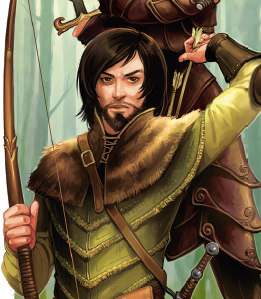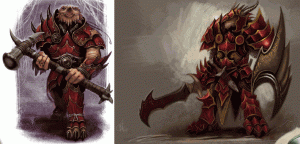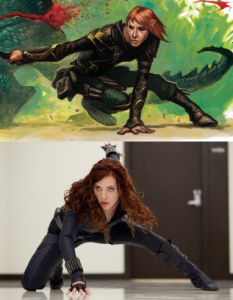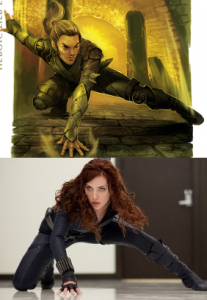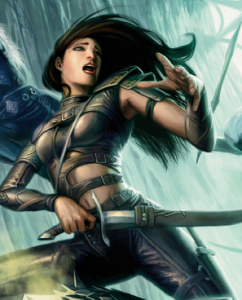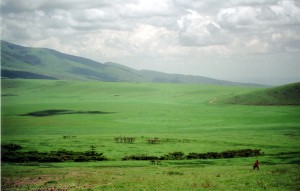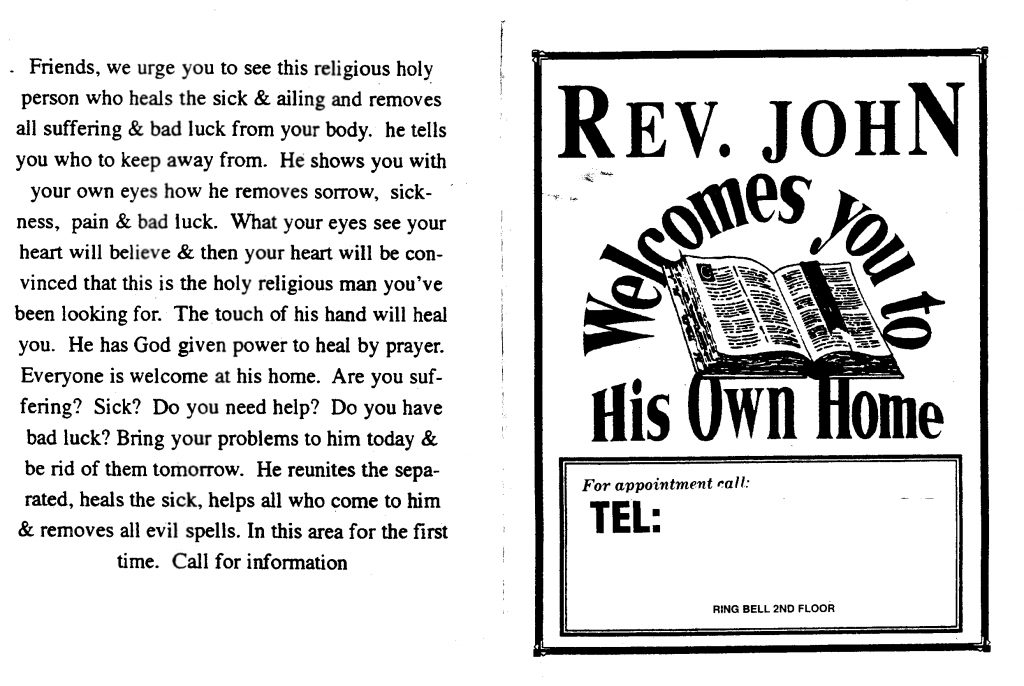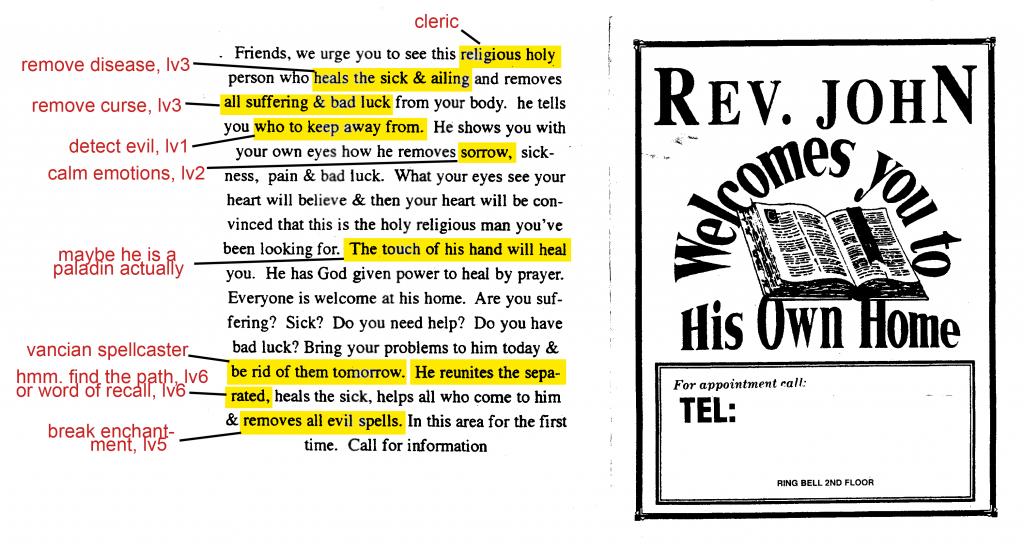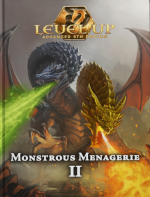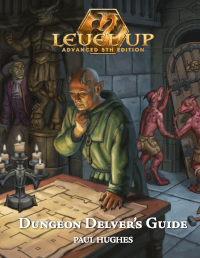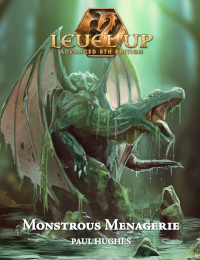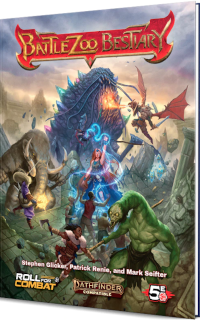In the player-creation process as detailed in the 1e Players Handbook, you roll your stats, choose race/class/alignment, and then “establish your character,” which means 1) making up a name, 2) writing a will, 3) renting an apartment, 4) buying equipment, 5) meeting the other PCs, and 6) acquiring hirelings. In my new-school experience, 2) and 3) never happen, but I’m totally on board with them. Here’s the passage from the PHB:
ESTABLISHING THE CHARACTER
By determining abilities, race, class, alignment, and hit points you have created your character. Next you must name him or her, and possibly give some family background (and name a next of kin as heir to the possessions of the character if he or she should meet an untimely death) to personify the character. Having done all that, your Dungeon Master will introduce your character to the campaign setting. In all likelihood, whether the locale is a village, town, or city, your character will have to acquaint himself or herself with the territory.
The first step will often be getting into the place i.e. a gate guard demanding to know what business you have in the town or city. Thereafter it will be necessary to locate a safe and reasonably priced place in which to lodge – typically an inn of some sort, but perhaps a rented cot, a loft or even chambers at a hostel. Since the location selected will have to serve as base and depot, it must be relatively safe from intrusion or burglary. Once a headquarters has been found, your character can set about learning the lay of the land, and attempt to find the trade establishments needed to supply the desired equipment for adventuring. Perhaps it will also be necessary to locate where other player characters reside in order to engage in joint expeditions.
In any event, your character created, personified, and established will be ready to adventure once equipment is purchased and relations with other player characters are settled. If player characters are not immediately available, or if they are not co-operative, it is advisable that men-at-arms be hired. Hirelings of this sort, as well as henchmen (q.v.), are detailed in the sections entitled HIRELINGS and HENCHMEN.
Fiddling with D&D logistics like that is a strangely soothing activity. I’d be fine if “choose next of kin” and “pay for lodging, secure it from burglars” were as classic parts of character creation as “buy equipment” and “meet other PCs in tavern.”
(This style of D&D reminds me of The Three Musketeers. It’s a very AD&D book. The characters are greedy: the name for the era’s gold coin, “pistole,” occurs more than 100 times in the book. In Chapter 1, d’Artagnan enters the gates of Paris and rents a garret. Next, he locates the other player characters (by dueling with them). Finally, he engages a hireling (on credit). There’s even a chapter called “Searching for Equipment.”)
I think there was an early, unofficial D&D character sheet that had a blank for “next of kin”. A good start, but not far enough. If this stuff is really part of character creation, the official D&D character sheet should also have spaces for Street Address and Rent. Is the 5e character sheet finalized?



